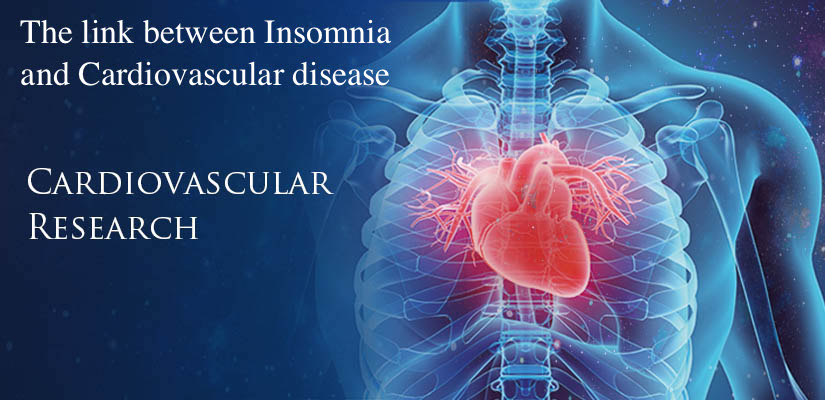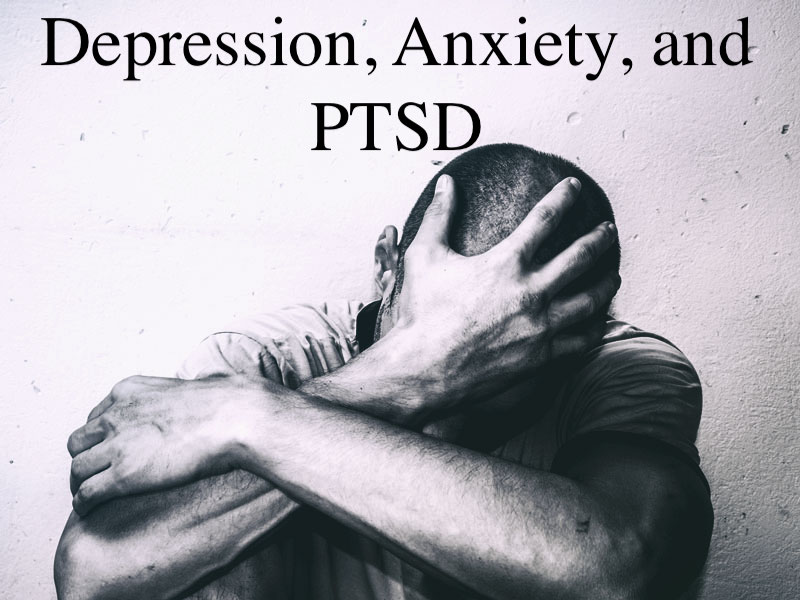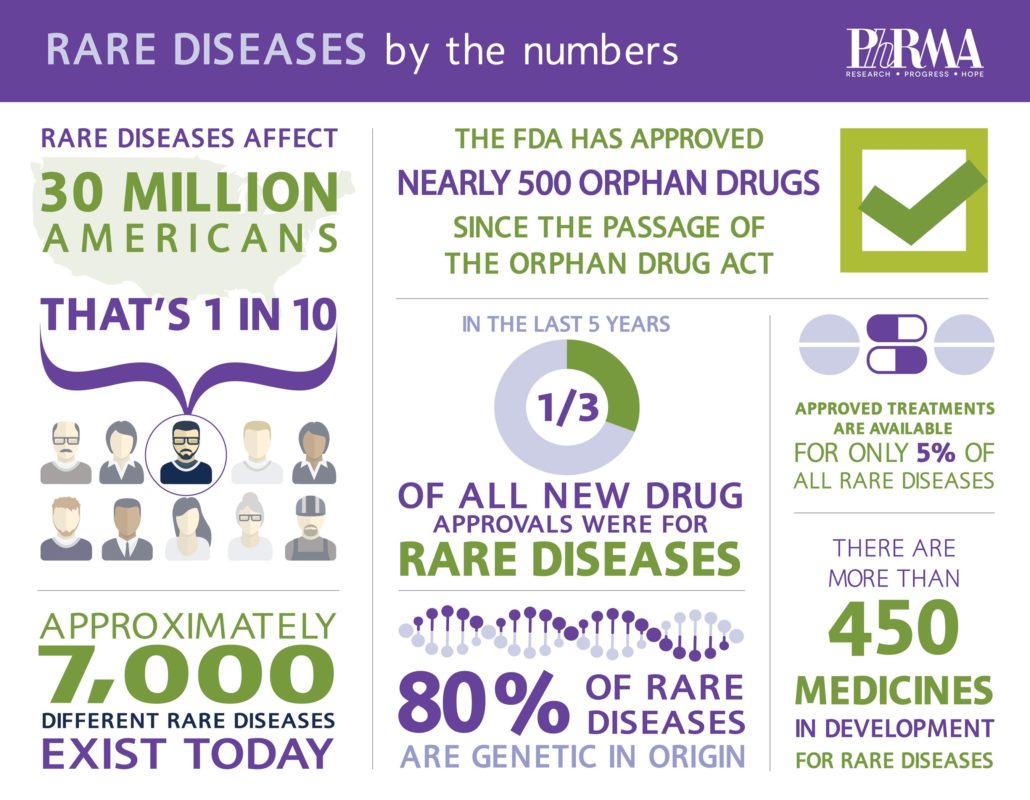Vaginal pain: Causes and how to treat it
Vaginal pain can be a temporary symptom of infection or injury. Or, it can be a chronic symptom with no known cause.
Persistent vaginal pain with no clear cause is called vulvodynia. It is a common gynecological condition, affecting up to 16% of women in the United States.
Fear or embarrassment may keep a person from seeking professional treatment for vaginal pain. Some who have sought treatment report that the doctors were quick to dismiss their symptoms.
However, the right healthcare provider will work diligently to diagnose and treat the problem.
Causes of vaginal pain
A wide range of conditions can cause vaginal pain, but the following are the most common:
Infection
Yeast infections are among the most common causes of vaginal pain. About 75% of women develop a vaginal yeast infection at some point.
A yeast infection can cause itching, burning, and sometimes cottage cheese-like discharge from the vagina.
These infections do not usually spread through sexual intercourse, and most experts do not recommend treating sexual partners.
Bacterial vaginosis (BV) is also common, particularly among people who are sexually active.
While BV may cause no symptoms, it can cause the following symptoms in the vagina:
- pain
- itching
- burning
- a fishy odor
- uncomfortable sex
Many people mistake the symptoms of BV for those of a yeast infection. However, the two have different causes and require different treatments.
Some other infections, especially the sexually transmitted infections (STIs) chlamydia and gonorrhea, can also cause pain and unusual discharge.
Physical trauma
Physical injury to the vagina or vulva can cause vaginal pain. Injuries such as cuts from shaving may be responsible, but one of the most common causes of injury and pain is childbirth.
Giving birth causes vaginal tearing in most women the first time that they go into labor. The tear usually extends into the perineum, which is the area between the vagina and anus. Doctors refer to this as a perineal tear. It is also possible for the clitoris or labia to tear during childbirth.
A doctor or midwife may need to stitch up serious tears. The stitches dissolve over time and do not require removal.
Pelvic floor dysfunction or injury
Damage to the muscles of the pelvic floor can cause pain in the vagina, stomach, back, and muscles in other areas.
Some factors that can increase the risk of pelvic floor problems include:
- age
- pregnancy
- injury from childbirth
- episiotomy, which is a surgical incision to enlarge the vaginal opening into the perineum during labor
Some people with pelvic floor dysfunction also experience incontinence, especially when sneezing or jumping. A person may also experience fecal incontinence, pain when passing stool, or both.
Vulvodynia
Vulvodynia is a type of chronic pain in the vulva, vagina, or both. The pain varies from person to person, but many report a burning pain that is fairly continuous, though it can be triggered or worsened by intercourse.
Doctors do not fully understand vulvodynia and why it occurs. The diagnostic process can be lengthy because it involves excluding other causes of vaginal pain.
Anyone who suspects that they have vulvodynia should see a doctor — various treatments are available.
Bartholin’s cyst
The Bartholin’s glands sit on either side of the entrance to the vagina and help lubricate it.
A blockage in one of these glands can give rise to a cyst, which may feel like a hard lump or look like a pimple. The cyst can cause pain, usually on one side of the vagina.
Bartholin’s cysts may get larger over several days, then disappear or rupture. Sometimes they become infected, causing intense pain.
Symptoms
Vaginal pain can have many different characteristics. Describing the pain in detail can help a healthcare provider correctly diagnose the problem.
Below are the most common types of vaginal pain.
Burning
Vaginal yeast infections, BV, and other types of infection often cause a burning sensation, especially during or after intercourse.
Also, vulvodynia often causes burning pain and typically other symptoms, as well.
Itching
Itchiness is a classic sign of an infection, such as a yeast infection, BV, or an STI.
Less frequently, a pelvic floor injury causes nerve dysfunction that feels like itchiness or another unusual sensation.
Some people experience vaginal itchiness specifically during intercourse. Some possible causes of this include:
- vulvodynia
- the rupture of a Bartholin’s cyst
- healing following a physical injury
Tension or muscle spasms
Tightness, soreness, and muscle spasms in the vagina may indicate pelvic floor dysfunction. Some people also experience pain with different characteristics or in other areas, such as lower back pain or hip discomfort.
Vulvodynia can cause the vaginal muscles to tense before or during intercourse. Some people report that their muscles tense so forcefully that they are unable to have intercourse.
Tenderness or sensitivity
If the skin around the vagina and vulva feels painful, tender, or sensitive, this may be a symptom of a Bartholin’s cyst.
The area may also be red, and there may be a hard lump or visible swelling. If an infection develops, the pain may become intense.
Trauma to the vagina or vulva can also cause tenderness and sensitivity. Many women report soreness after giving birth, especially following a perineal tear.
Pain during intercourse
Intercourse can make any type of vaginal pain worse because friction causes irritation.
However, if a person only experiences vaginal pain during intercourse, vulvodynia may be the cause.
If a fishy odor follows painful intercourse, this could indicate BV.
Diagnosis
A doctor can usually diagnose a vaginal yeast infection based on a person’s symptoms alone, though they may need to test a sample of discharge. This will help the doctor rule out bacterial infections and STIs, such as gonorrhea and chlamydia.
The doctor may also:
- perform a physical examination of the area to check for recent injuries
- perform an internal vaginal exam to check for muscle abnormalities, swelling, and irritation
- take a comprehensive medical history, including questions about risk factors for specific vaginal health issues
People with vulvodynia do not typically have detectable symptoms of a physical disorder. For this reason, the doctor will need to rule out other causes of vaginal pain before arriving at the diagnosis.
Treatments
The right treatment depends on the cause of the pain.
Antibiotics can treat gonorrhea, BV, chlamydia, and some other bacterial infections. Physical injuries, such as deep or infected wounds, may also require antibiotics.
Because yeast is a fungus — not a bacteria — antibiotics will not treat a yeast infection, and they may make it worse. Instead, the doctor may recommend an over-the-counter treatment or prescribe oral antifungal medication.
Bartholin’s cysts typically go away on their own, and warm compresses can speed this process. If a cyst grows very large, a doctor may surgically drain it. If a cyst becomes infected, it may require antibiotics.
Physical therapy may help with pelvic floor injuries, and the therapist can work with the person to develop a plan for strengthening the pelvic floor at home. Physical therapy may also help with vulvodynia.
Vulvodynia is notoriously difficult to treat. The right treatment varies from person to person, but it often includes a combination of:
- oral and topical pain medications
- nerve stimulation
- drugs called nerve blocks
- pelvic floor exercises
- sex therapy
- lifestyle adjustments, such as avoiding triggers
Home remedies
Home remedies cannot treat bacterial vaginal infections, and trying these methods may give an infection time to get worse.
Anyone who suspects that they have a bacterial infection should see a doctor for a diagnosis and treatment.
The following home remedies may help with symptoms of other conditions:
- applying warm compresses to a Bartholin’s cyst several times a day
- using a sitz bath, ice packs, numbing sprays, or a combination to ease the pain of a vaginal tear
Prevention
Some strategies for preventing some forms of vaginal pain include:
- wearing a condom during sex
- undergoing regular STI testing and asking all partners about their STI status
- not wearing wet clothes, which can provide an ideal environment for yeast
- asking a doctor or midwife about methods of preventing tears during childbirth
Summary
Vaginal pain may be temporary or chronic, and it can range from mild irritation to severe, debilitating pain. The feeling may result from infection, injury, or no identifiable reason.
Anyone with vaginal pain should see a doctor or another healthcare provider for a diagnosis. Most often, vaginal pain goes away once a person finds the right treatment.
The cause of chronic vaginal pain can be difficult to diagnose. Typically, a healthcare provider will only diagnose vulvodynia after ruling out other possible causes of the pain. Although experts know little about the causes of vulvodynia, there are many treatments available.
Some people report that healthcare providers are unsympathetic or unhelpful about vaginal pain. If this is the case, ask for a second opinion from someone who specializes in this type of pain.





